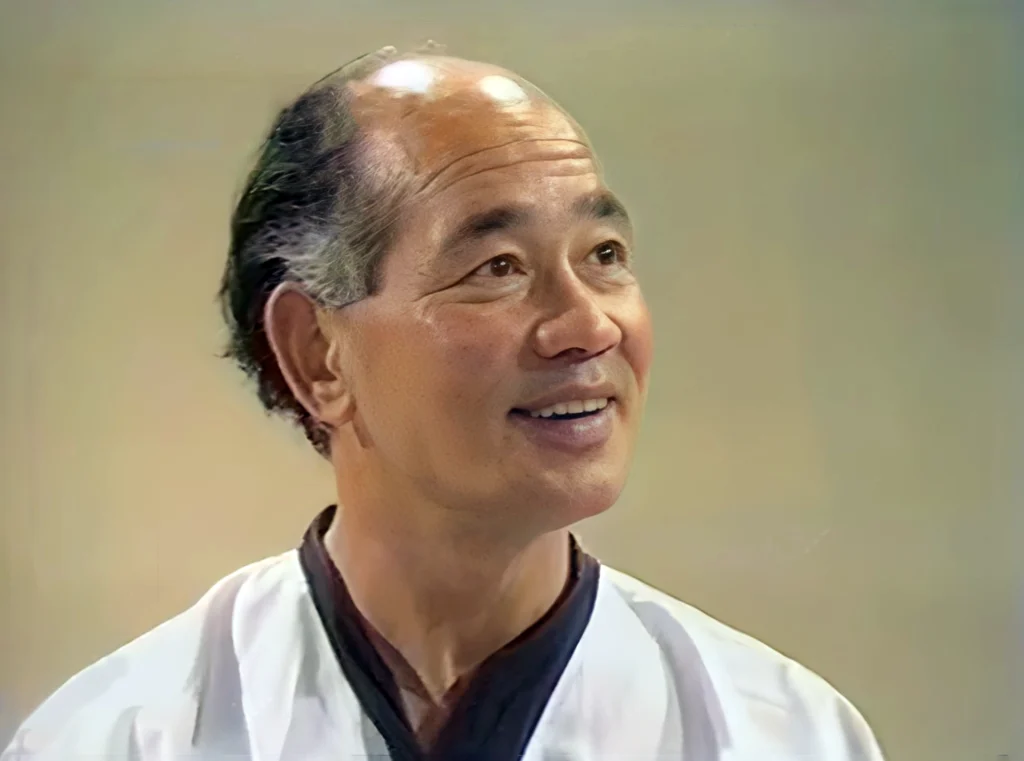
Chee Soo’s career as a student and teacher of the Taoist Arts of the Lee style spanned sixty years. He taught all over the world and his pioneering books on Taoist methods were best sellers and published in many languages. He was a pioneer Taoist teacher from one of the first Taoist Arts school in the West in the London of the 1930s and devoted his life to teaching others. He was well known as a soft internal style martial arts teacher but also helped many people with his healing abilities and in-depth knowledge of Ancient Chinese Medicine. His favourite practical application of Taoist philosophy was in the Taoist Art of T’ai Chi Ch’uan.
Early life
Born on 4 June 1919 in All Souls, Marylebone, London, Chee Soo was the son of Ah Chee Soo, a pastry chef at the Westminster restaurant. His mother was Beatrice Gibbs. They lived in Westminster. His English name was Clifford Gibbs, his Chinese name was Chee Soo. In a 1977 LBC radio interview Chee Soo described meeting an old Chinese gentleman from Weihaiwei called Chan Kam Lee in Hyde Park when he was fourteen years old. Chee Soo was invited to Chan Lee’s class in the summer of 1934, and this was the beginning of his Taoist arts training. Chan Kam Lee adopted him as a nephew, and taught him the arts whenever his work and time permitted.
Military career
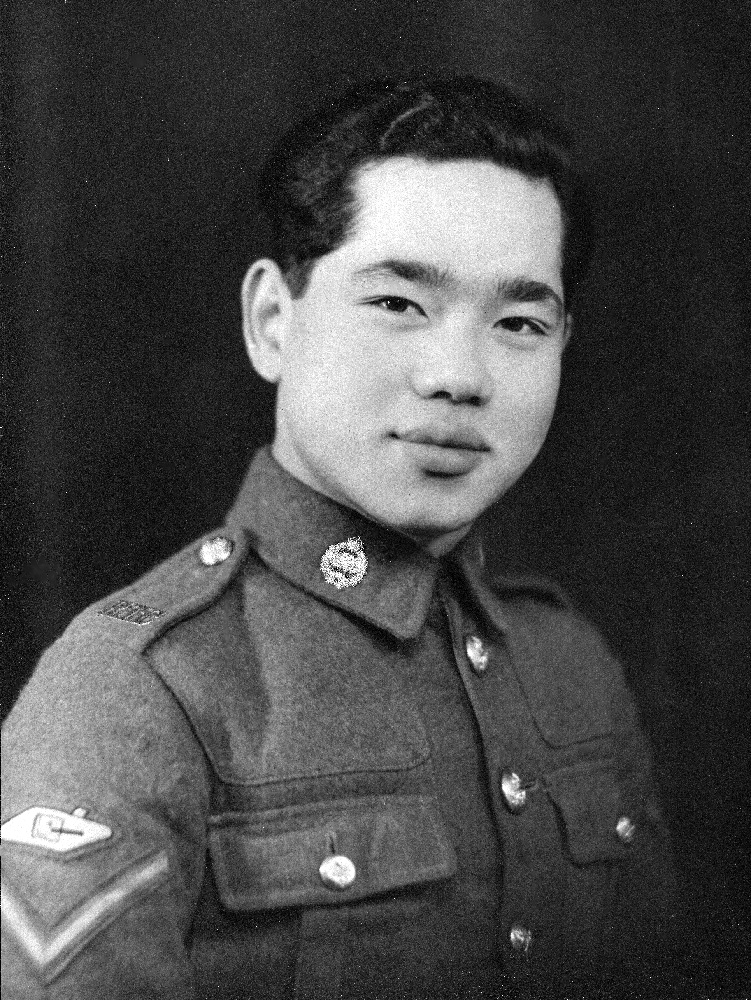
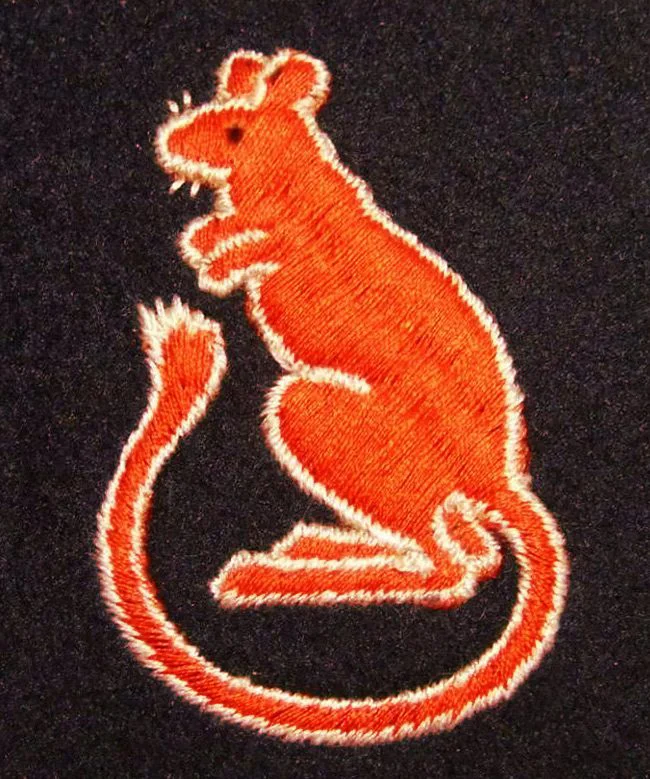
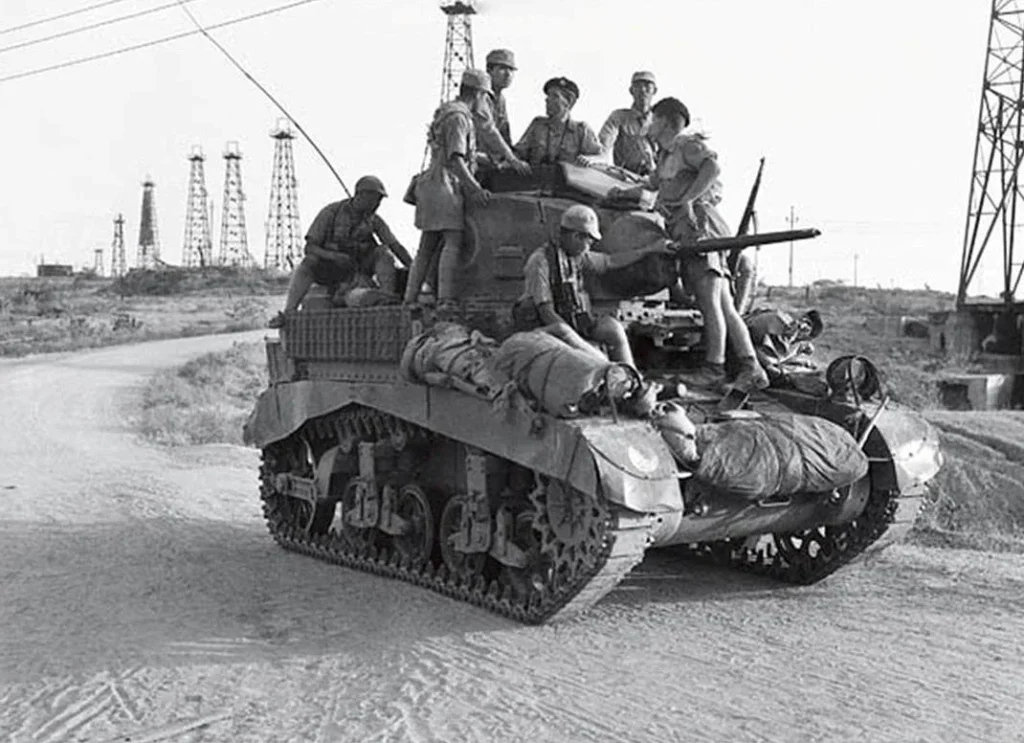
In 1937 Chee Soo began his military training and joined the 2nd Battalion of the Royal Tank Regiment part of the 7th Armoured Division later known as the Desert rats. In 1939 he went to fight in Northern France and was at Dunkirk. During the war, he was promoted to Lance-Corporal and Corporal in 1941, then to Acting Sergeant in 1942. He was sent to North Africa and was mentioned in dispatches and awarded the Military Medal after the Battle of Beda Fomm in Libya in February 1941, part of Operation Compass. After his regiment was transferred to Burma he was captured by the Japanese on 19 April 1942 during the Battle of Yenangyaung and forced to work on the Burma Death Railway as a POW where he contracted Malaria, he was later classified as a war crimes witness.
In 1939 the Second World War broke out, and Chee Soo did his share of fighting as a Tank Commander in the Second Battalion of the Royal Tank Corps, in France, in North Africa — where he won the Military Medal, and in Burma where, after a hectic battle, he was finally taken prisoner by the Japanese. He went through many periods of beatings, torture, starvation and very hard work as a member of a working party in the mountains between India and Burma. Finally, three years later, as the Japanese started to retreat from the advancing Allies, he managed to escape into the Shan Mountains of West Burma and made his way over very rugged terrain and through many jungles, till finally one month afterwards he was rescued by an American Guerilla patrol. Three months after recuperation and treatment (for he then weighed only 84 lbs), he was flown back to England, where he was able to enjoy a long leave with his wife. After that, he was discharged from the forces and took a course in book-keeping, stock control, commercial history and sales promotion. Chee Soo managed to make contact with Chan Lee again after the war was finished, and the class in Holborn was restarted. In 1950, Chee Soo formed his own class in Manor Road School, West Ham, East London.
The author Rupert Croft-Cooke who was Chee’s friend from 1938 provides us with some biographical details of this period in Chee Soo’s life in his book ‘The Dogs of Peace’.
Clifford Gibbs had got his rather grand name from Dr Barnardo’s Homes, for he had been reared in one of these, the son of a Chinese father and English mother, neither of whom he had ever seen. I had known him before the war and was as proud as he was of the Military Medal he had earned as a Corporal in the Royal Armoured Corps in North Africa. He had been sent to Burma and taken prisoner by the Japanese, and suffered unspeakable tortures and humiliations because of his race, separated as he was from his fellow British. He had survived and, inwardly as inscrutable as a Conrad character, a little like Wang in Victory, he had married a blonde English girl and had an exquisite baby daughter whose godfather I became at a Sunday afternoon service in an East End Anglican church. Clifford, who went about life methodically, was severely industrious and found the means of saving for his family even in those days of grudging wages. But he had a humorous cheerful side to his character and enlivened my flat during his weekly visits between office hours and his return to Durban Street, E.15. He was an expert wrestler and had earned the Judo black belt. Only from the depths of his character emerged sometimes the exotic or oriental; in speech and manner he was very much an Englishman, and it was strange to hear from his curved lips words that might have been used by any London ex-soldier. I am glad to have had his friendship throughout those years.
Teaching the Taoist Arts
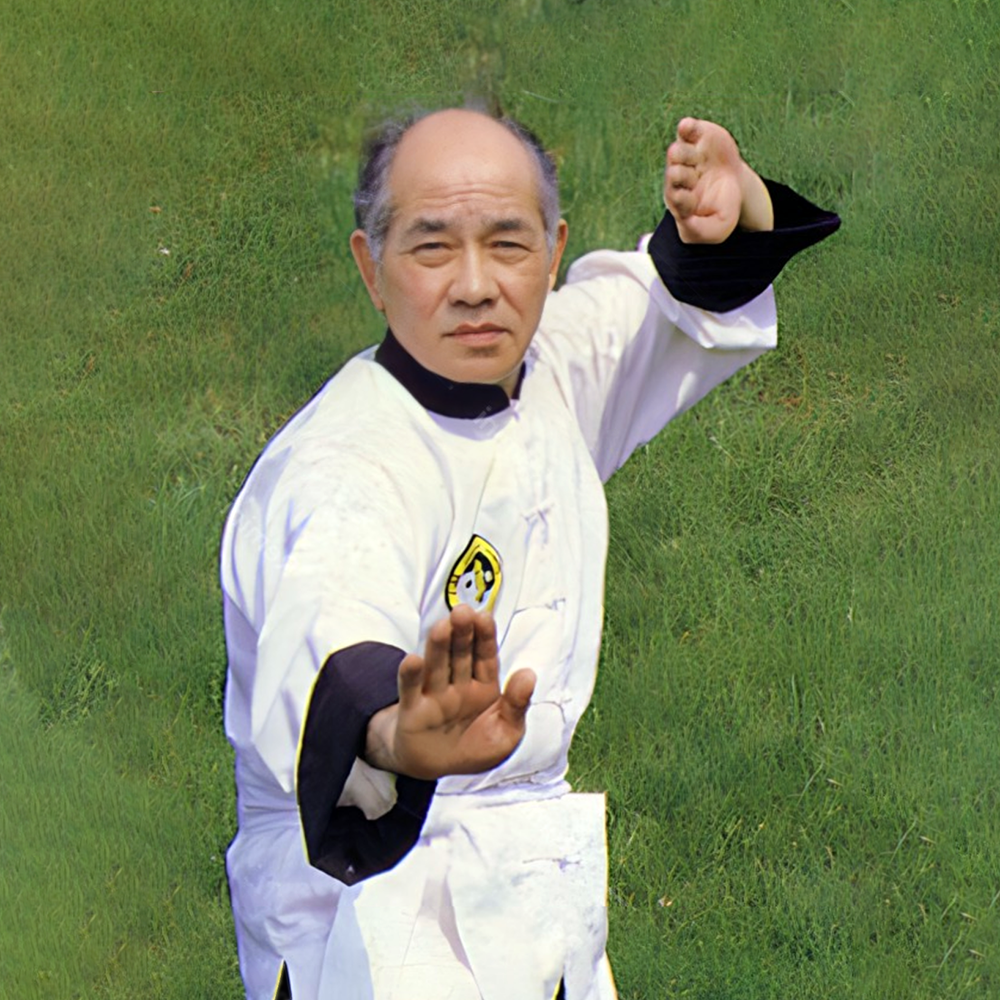
After the death of his teacher Chan Kam Lee in the Winter of 1953, he went on to become the President of the International Taoist Society and taught a variety of Taoist arts ranging from self-defence techniques to healing and spiritual disciplines based on Chinese Medicine, Qigong and meditation.
The Guinness world record site states that “In 1965, Dame Diana Rigg (UK) became the first western actress to perform kung fu on Television when the combat choreographers Ray Austin (UK) and Chee Soo (UK/China) worked elements of the martial art into her fight scenes on The Avengers. Certificate presentation was done on The New Paul O’Grady Show.”
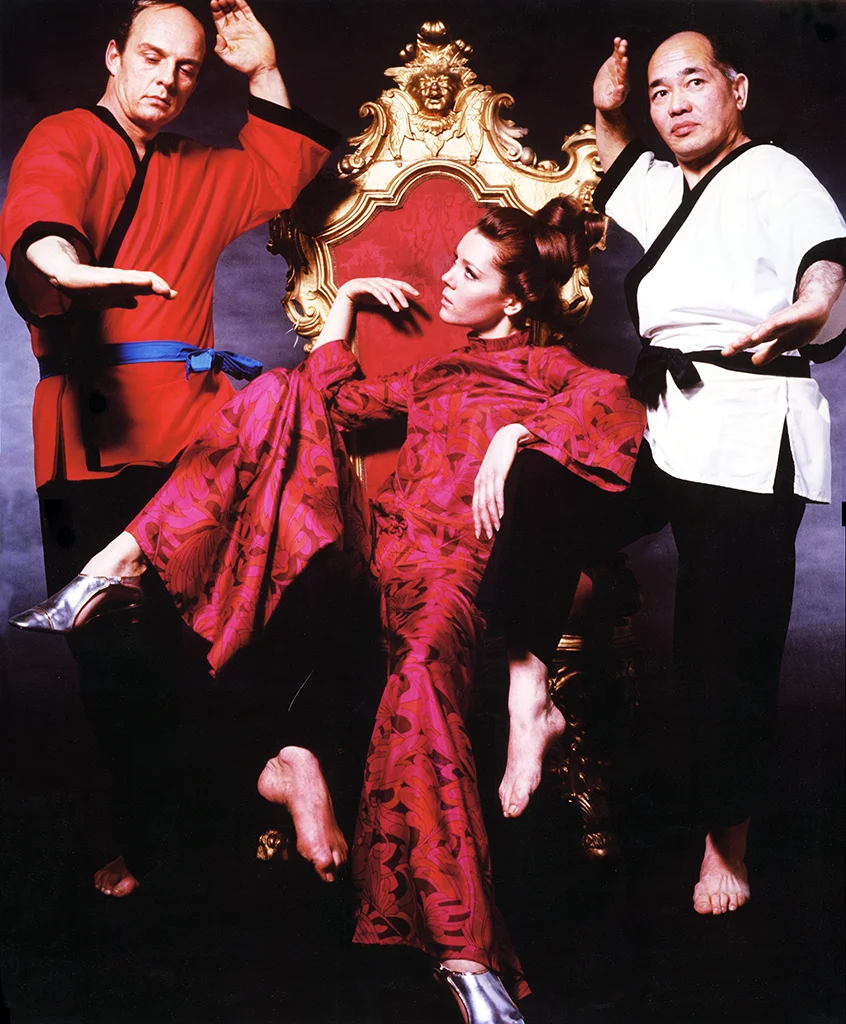
During the 1970s he ran a Chinese Health and Herbal clinic in London.
According to a British Movietone News documentary filmed on 21 May 1970 at Guildford in Surrey – UK, Chee Soo had over 2000 students studying Wu Shu in Britain as part of the British Wu Shu Association, and was one of only three men outside of Beijing qualified to teach Wu Shu.
Chee Soo appeared in a BBC Nationwide TV interview on 21 September 1973 where he demonstrated Kung fu self-defence techniques and inner power live in the studio with presenter Bob Wellings. Chee Soo talked about the history of Kung Fu and the difference between Northern and Southern kung fu styles in China and how it differs from Karate.
In 1975 Chee Soo was filmed by the BBC at his Feng Shou kung fu class in Seymour Hall in London and subsequently appeared in a documentary broadcast for schools entitled “Scene: Looking for a fight”. His soft-style kung fu self-defence class was contrasted with boxing and hard-style kung fu.
In 1977 he was interviewed by Brian Hayes on LBC radio and talked about Lee style T’ai Chi Ch’uan, meeting his teacher Chan Kam Lee, Reincarnation, and how Women would come to rule the world.
Taoist Books
During the 1980s he moved to Coventry and spent his time writing and teaching courses in Lee style Tai Chi Chuan, Feng Shou Kung Fu, and Ancient Chinese Medicine at the Alderman Callow School in Coventry (now called The Westwood Academy) and other locations around Britain, as well as teaching his students overseas in Australia and around Europe. Chee Soo was the author of five books published during his lifetime and one book published posthumously about Taoist philosophy.
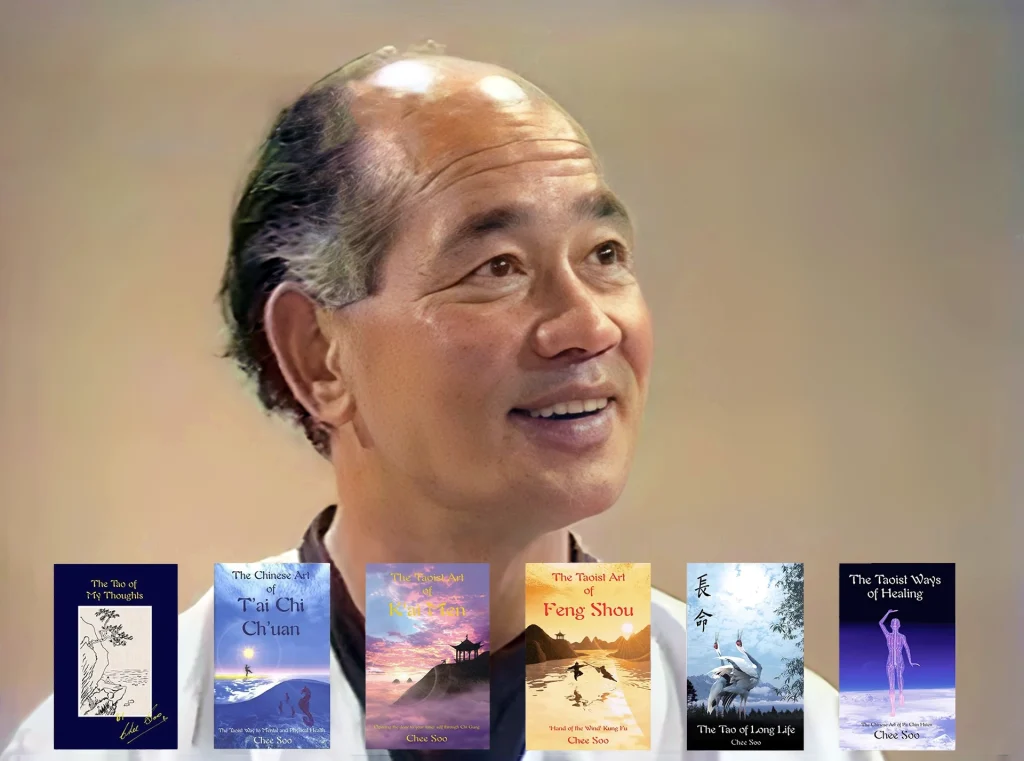
Chee Soo’s books were originally published in hardback by Heather Gordon’s publishing company Gordon and Cremonesi, then were republished in paperback by Aquarian Press and went on to become international bestsellers when they were taken over by Thorsons and then HarperCollins. His books were translated into Portuguese (Brazilian), Polish, German, French (distributed in Canada, France, Belgium, Switzerland, Portugal), Indonesian, Spanish, and Italian and published throughout the world. All his books have now been republished by Seahorse Books in their original Aquarian Press format – but with high-quality paper and binding and laminated covers to make them more suitable as training manuals – and are available from the Seahorse Books website.